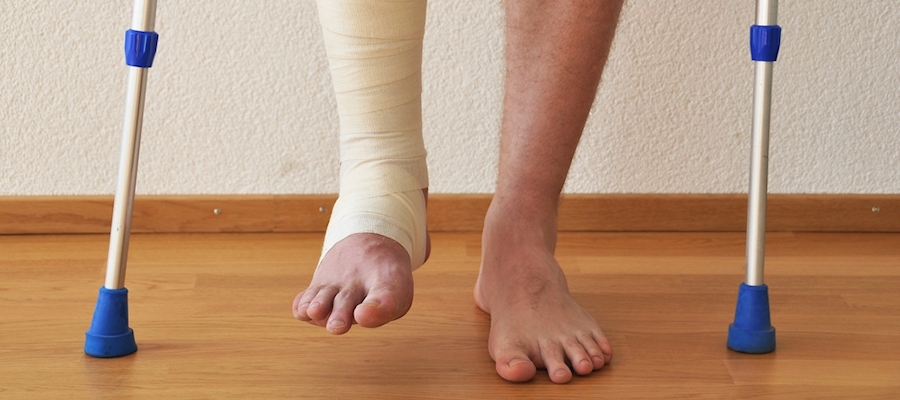Acute Injury Physiology
When people come to their Physiotherapist or Athletic Therapist, there seems to be a lot of confusion over when they should be applying ice or heat. Aside from the fact that one is more comfortable than the other we need to look at the physiology of when ice and heat are optimal for our rehabilitation and when they may not be ideal.
When you sustain an acute injury, there is a great deal of physiology that is occurring very quickly. This is the inflammatory response which is extremely important as it is bringing fresh blood to help the area heal, preventing further damage by limiting the range of motion, and diluting the toxins that have been release by the dying cells. Although this process is extremely important, the body does not control it very well and often the swelling and pain can cause complications if they are not managed. The body has a much stronger inflammatory response than is necessary, however, and releases chemicals to fight a bacterial invasion which does not often occur. Since most musculoskeletal injuries do not have bacterial components, these chemicals cause damage to the healthy musculoskeletal cells instead. At this stage icing is key as it decreases secondary damage and prevents further cell damage.Fig. 1 – Injury Cycle (Chaitow, L., Bradley, D., & Gilbert, C. (2002).)
Contributed by Ryan Worm, a Certified Athletic Therapist and Osteopathy (Current Study), with Physio In Motion. You can see Ryan Monday-Friday 9:00am – 5:00pm at our 700 Main Street East location in Hamilton. For an appointment please call (905) 218-6556.
References:
Chaitow, L., Bradley, D., & Gilbert, C. (2002). Multidisciplinary approaches to breathing pattern disorders. Edinburgh: Churchill Livingstone.
Horodyski, M. B., & Starkey, C. (2004). Laboratory activities for therapeutic modalities. Philadelphia: F.A. Davis.

